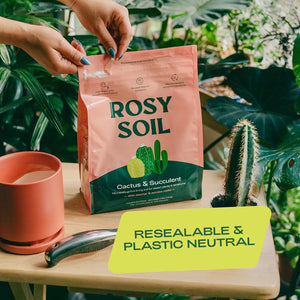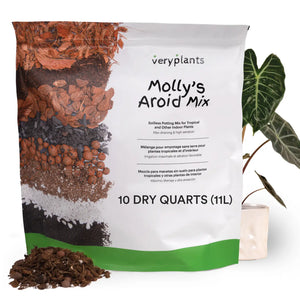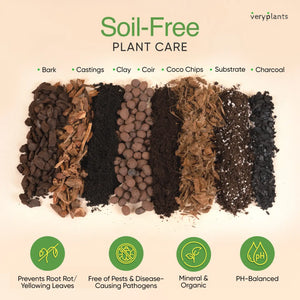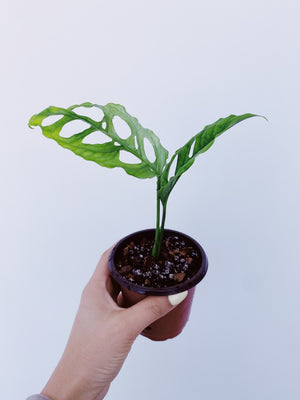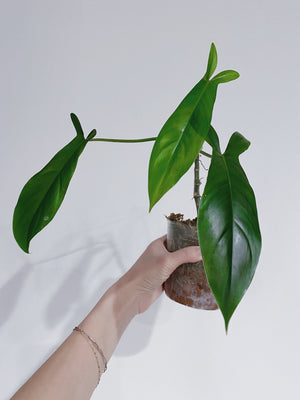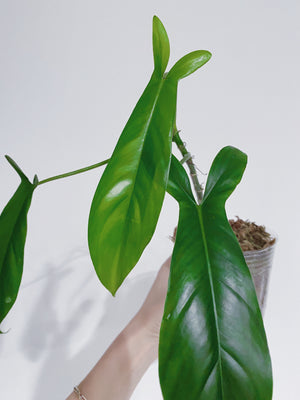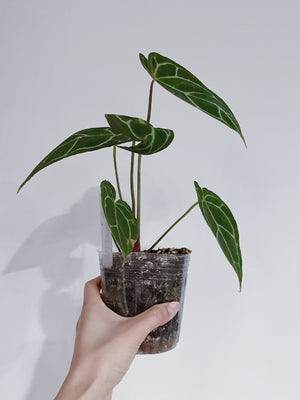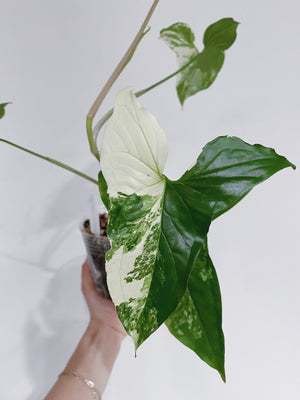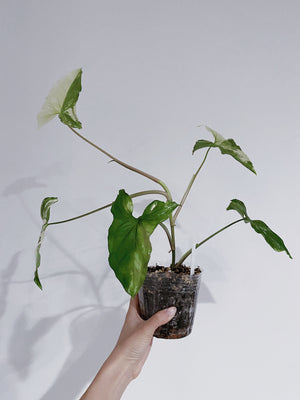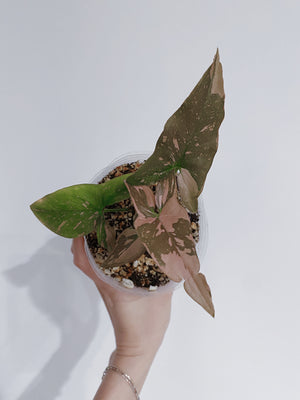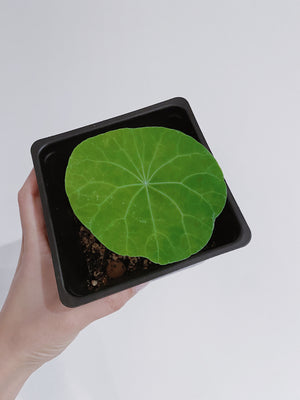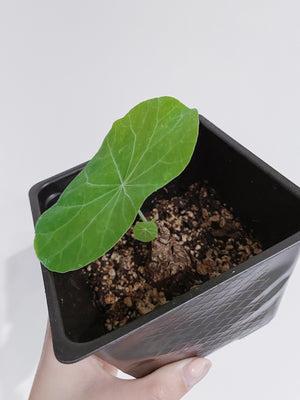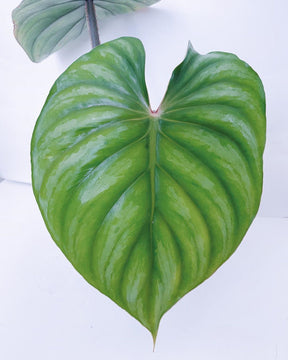Hoya Compacta Care Guide - How to Make Your Hindu Rope Plant Last for Decades
 Hoya Compacta: Source
Hoya Compacta: Source
In the (almost) words of William Shakespeare, a Hoya compacta by any other name would smell as sweet… which is good, because this plant has almost as many names as it does leaves.
Hoya carnosa compacta, Hindu rope plant, porcelain plant, Krinkle Kurl, wax plant: all of these names describe one beautiful specimen. Here’s how to care for it.
3 Quick Facts
- Hoya compacta leaves and their accompanying star-shaped blooms have a waxy consistency that gives them a porcelain appearance, making many people wonder if the plant is even real.
- Hoya compacta hails from the south of India, where it mainly grows on other plants.
- With proper (and minimal) care, it can live for 10 to 20 years or more.
Hoya Compacta Care Requirements
Growth, Size, and Appearance
Like its nickname suggests, the Hoya Hindu rope plant grows long, twisting, rope-like vines that can reach anywhere from six to 20 feet in length.
The leaves that grow along these vines are succulents, meaning that they store water inside. Its star-shaped flowers tend to be very small, but grow in thick clusters along the roping vines.
Varieties
Hoya carnosa compacta comes in two main varieties.
The first, Hoya compacta, has thick, curled, dark green leaves.
The second, Compacta variegata, has variegated leaves featuring a green and white/pinkish-white pattern.
The Compacta variegata can be broken down even further based on where the variegation appears. If the variegation is on the outside of the leaf, it's known as "albomarginata" which translates to "white on the margin". If it's on the inside, it's called "mauna loa."
Light
Bright, indirect sunlight is best for this plant, which can be grown both indoors and outdoors.
It can survive in lower light conditions, but it would be happier (and grow larger) in a brighter space.
Temperature
Hoya compacta likes it hot. 70+ degrees Fahrenheit during the day is ideal, as is 60-65 degrees at night.
Humidity
This plant needs a relatively high humidity level of 40-60%.
To amp up indoor humidity levels around your Hoya compacta, place it in a tray containing a layer of rocks and some water, which will evaporate and provide moisture.
Another tip is to keep the plant in the bathroom, where it can enjoy all the humidity created by showers and baths.
Watering
Being part-succulent, this porcelain plant doesn’t require much water.
Water it when the top 2-3 inches of soil are dry. The best method is to water it until the water begins to run out the bottom of the pot, then let it rest until it gets dry again.
During the growing season (spring and summer), it will need more frequent watering than in winter, when it enters its resting phase.
Soil
Loose, well-draining soil is best, so your average indoor plant potting soil mix should work just fine, especially if you add in perlite, sphagnum moss, and orchid bark to promote drainage and keep things light and airy.
Potting
A small hanging pot is ideal for Hoya compacta care. Just make sure that the roots have room to breathe and that there are drainage holes in the bottom of the pot.
Repotting
Hoya compacta doesn’t need to be repotted often. It can live very well in the same pot for years unless the roots get compacted or the soil is no longer draining well.
If this happens, repot the plant in a pot that is just two inches larger than the original one. Shake the excess soil from the roots and prune any that are dead before placing into the new pot.
The best time to repot is during the spring/summer growing season, but avoid doing so if the plant has flowers or it may lose them.
Fertilizing
The Hindu rope plant doesn’t need much fertilizer.
Fertilize it just once a month during its growing season with your usual, water-soluble houseplant fertilizer. Make sure to dilute it with an equal amount of water, so that it doesn’t overwhelm the plant.
Pruning
Hoya compacta doesn’t usually need pruning, but you can snip off dead leaves with sterilized scissors or pruning shears.
If you are trimming the plant to make it a more “compact” Hoya compacta, don’t prune the place where the flower clusters grow. These always grow in the same place, so cutting them off will mean no more flowers there, ever.
Pests
The only downside of the waxy, curling leaves of the Hoya compacta is that they make a great place for pests like spider mites, aphids, and mealybugs to hide.
Regular checks of the plant’s nooks and crannies is a must.
Propagation Steps
- Using sterilized scissors, snip off a section of the plant (cut this at an angle) around three to four inches from the end of a vine.
- Remove the leaves from the lower part of the cutting and let it dry and harden overnight.
- The next day, plant the cut end in either a small cup of water or a small pot of soil and cover with a plastic bag to create a greenhouse to hold in humidity.
- Place in a warm, shady spot until more leaves begin to grow in the upper section, then transplant it in a new, slightly bigger pot of soil.
Is It Toxic?
No. This plant is perfectly safe to keep around kids and pets.
Written byJessica Scott

